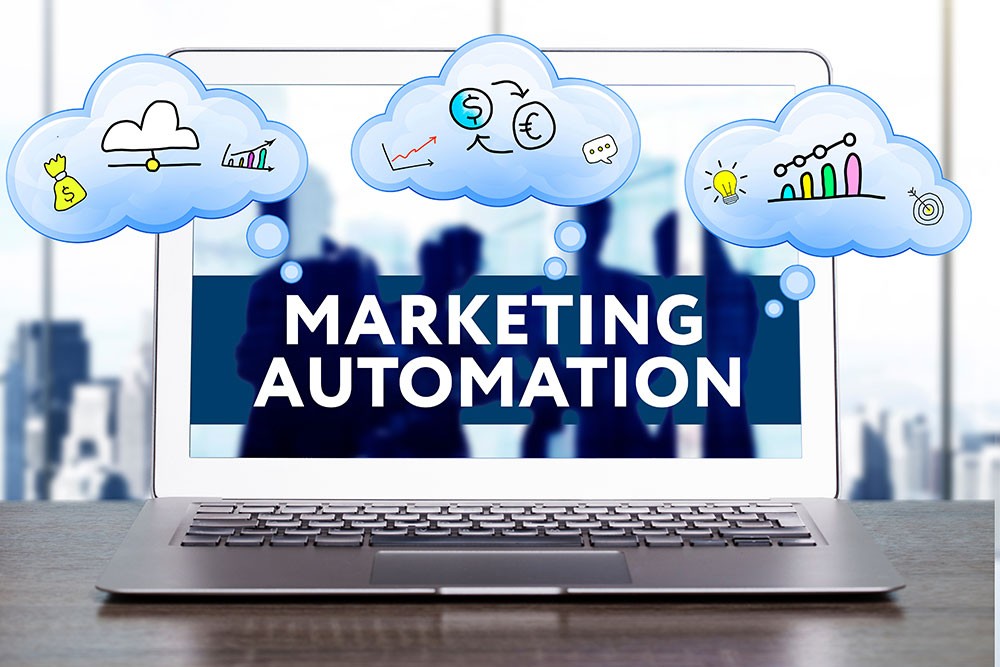Today, marketing automation is a vital tool for companies of all kinds. It enables businesses to save time, simplify marketing campaigns, and provide audiences with individualized experiences. But putting marketing automation services into practice is more complicated than just turning on a switch. To guarantee its efficacy, meticulous planning, strategy, and continual management are needed. In their haste to automate, many companies commit expensive errors that might impede their expansion.
In this post, we’ll cover six typical mistakes firms make when implementing marketing automation and how you may avoid them.
Mistake 1: Not Defining Clear Goals
One of the firms’ biggest mistakes when embracing marketing automation is rushing in without clear objectives. Although automation solutions are helpful, you will need clear objectives to gauge performance. Before implementing automation, businesses should identify their goals, whether they are to increase lead creation, enhance customer interaction, or increase sales conversions.
Before you start, draw out key performance indicators (KPIs) that correspond with your business goals. This will direct your automation plan and enable precise assessment of its effects.
Mistake 2: Overcomplicating the Setup
Another frequent mistake is overcomplicating the automation system. Although marketing automation has many benefits, many companies overdo it and attempt to automate everything. Setting up too much detail can cause misunderstandings, mistakes, and decreased productivity.
Automate one or two essential procedures, such as email marketing campaigns or lead nurturing. As you get more accustomed to the system and your company’s needs develop, gradually increase the scope of your automation efforts. Remember that automation should make your marketing activities easier rather than harder.
Mistake 3: Failing to Segment Your Audience
Marketing automation works best when creating individualized experiences. Many companies need to segment their audience correctly. Sending irrelevant messages to your contacts without segmentation risks your brand’s reputation and lowers engagement.
You may provide relevant and targeted content that appeals to various client segments through audience segmentation based on behavior, demographics, and preferences. This strategy enhances the consumer experience while raising the likelihood of engagement and conversion.
Mistake 4: Neglecting to Personalize Content
Personalization is essential and closely related to segmentation. Many companies automate their marketing without realizing the impact that tailored content may have. Generic emails and messaging won’t pique the interest of or motivate your readers to take action.
With marketing automation, you can customize your content by considering user behavior, preferences, and previous interactions. Adding a recipient’s name is a basic personalization form; more complex forms include dynamic content that adapts to the user’s activities. Customized marketing messages result in much higher engagement and conversion rates for businesses.
Mistake 5: Ignoring Data and Analytics
One of the primary benefits of marketing automation systems is their abundance of data. Nevertheless, many companies don’t use this data to their advantage. If you analyze them, you can only determine what is effective and ineffective in your automation efforts. Missed chances for growth and optimization may result from this.
Be sure to routinely examine your automation data, including conversion metrics, click-through rates, and email open rates. Utilize these data to gradually enhance the performance of your campaigns by fine-tuning them. Making data-based decisions can guarantee that your marketing automation initiatives stay valuable and accomplish your company goals.
Mistake 6: Failing to Integrate Automation with Other Marketing Efforts
The most effective use of marketing automation is when it is combined with your entire marketing plan. Sadly, many companies handle automation as a stand-alone solution, neglecting integrating it with other marketing campaigns and platforms. This may result in fragmented marketing and lost chances to interact with clients across several channels.
For instance, a more unified approach is possible when automation is integrated with your CRM, social media, and content marketing platforms. Doing this guarantees that all marketing initiatives are coordinated, strengthening overall outcomes and the client journey.
Conclusion
When used correctly, marketing automation can be a very effective tool for companies. By avoiding these six typical blunders, you can ensure that your automation initiatives are simplified, effective, and in line with your business objectives. The secret is to proceed with caution and strategy, from defining precise goals to tailoring your material and utilizing data.
Businesses can execute, oversee, and maximize their automation initiatives with TribalVision’s all-inclusive marketing automation services. We have the know-how to help you at every stage, whether you’re just starting or want to improve your setup. Visit HubSpot’s automation guide for more information on best practices and the advantages of automation.
Feel free to contact us for further details.




